When it comes to high-end ultrabooks, the MacBook Air M3 and Dell XPS 13 Plus stand out as top contenders, each offering sleek design, powerful performance, and premium user experience. The MacBook Air M3 is designed for those who favor macOS, extended battery life, and seamless Apple ecosystem integration, while the XPS 13 Plus appeals to users looking for Windows versatility, a cutting-edge keyboard design, and an OLED display option. This in-depth comparison explores their strengths and differences to help determine the best choice.
Starting Price
MacBook Air M3:
Apple’s MacBook Air M3 starts at $1,199 for the 13-inch model with 16GB unified memory and 512GB SSD. The 15-inch model starts at $1,299, with upgrade options available for additional storage.
Dell XPS 13 Plus:
The Dell XPS 13 Plus starts at $1,099 for the Intel Core Ultra 7 model with base storage options starting at 512GB SSD. Higher configurations with OLED displays, 1TB SSD, and 32GB RAM can increase the price beyond $1,800.
Verdict:
The Dell XPS 13 Plus starts at a slightly lower price, while the MacBook Air M3 offers a more premium starting configuration with 16GB RAM standard.
Design & Build
MacBook Air M3:
The MacBook Air M3 maintains Apple’s signature ultra-thin aluminum unibody design, ensuring a lightweight yet durable build. It is available in Midnight, Silver, Space Gray, and Starlight, giving users a variety of color choices. The 13-inch model weighs 2.7 lbs, while the 15-inch model weighs 3.3 lbs, making both models highly portable. Apple continues to prioritize usability by including MagSafe charging, two Thunderbolt 4 ports, and a 3.5mm headphone jack, which many users will appreciate.
Dell XPS 13 Plus:
The Dell XPS 13 Plus takes a more minimalist and futuristic approach with its edge-to-edge keyboard and seamless design. It is available in Platinum and Graphite and weighs 2.7 lbs, making it just as portable as the MacBook Air. However, Dell eliminates the headphone jack and only provides two Thunderbolt 4 ports, which may require additional adapters for those needing more connectivity options.
Verdict:
The MacBook Air M3 retains a traditional design with a broader selection of ports, making it more versatile for users who need wired connectivity. The Dell XPS 13 Plus prioritizes a sleek, modern aesthetic but sacrifices port variety for minimalism.
Display Quality
MacBook Air M3:
The MacBook Air M3 features a 13.6-inch or 15.3-inch Liquid Retina Display with a 2560 × 1664 resolution. It delivers 500 nits of brightness, supports the P3 wide color gamut, and includes True Tone technology, which automatically adjusts colors based on ambient lighting for a more comfortable viewing experience.
Dell XPS 13 Plus:
The Dell XPS 13 Plus, on the other hand, offers two display options: a 13.4-inch OLED panel (3456 × 2160 resolution, HDR, 400 nits brightness) or an LCD option (1920 × 1200 resolution, 500 nits brightness). The OLED version delivers deeper blacks and higher contrast, making it ideal for users who prioritize display quality.
Verdict:
The MacBook Air M3’s display offers great color accuracy and brightness, but the Dell XPS 13 Plus’s OLED panel provides superior contrast and deeper blacks for those who prefer high dynamic range visuals.
Performance
MacBook Air M3:
The MacBook Air M3 is powered by Apple’s M3 chip (8-core CPU, 10-core GPU), offering efficient multitasking and optimized power consumption. With 16GB or 24GB of unified memory, it delivers smooth performance for most productivity tasks.
Dell XPS 13 Plus:
The Dell XPS 13 Plus, powered by Intel’s Core Ultra 7 processor or Qualcomm Snapdragon X Elite, provides strong multitasking capabilities and is available with 16GB or 32GB LPDDR5 RAM. The Snapdragon variant is particularly efficient, offering comparable performance to Apple’s M3 while benefiting from extended battery life.
Verdict:
The MacBook Air M3 offers optimized performance with tight Apple ecosystem integration, while the Dell XPS 13 Plus delivers more raw power, especially in the Intel variant.
Battery Life
MacBook Air M3:
The MacBook Air M3 provides up to 18 hours of battery life, making it one of the longest-lasting ultrabooks available.
Dell XPS 13 Plus:
The Dell XPS 13 Plus, depending on the configuration, has varying battery life: the Snapdragon X Elite model can last up to 20 hours, while the Intel version lasts around 12 hours due to higher power consumption.
Verdict:
The MacBook Air M3 offers consistent and efficient battery performance, but the Snapdragon-powered Dell XPS 13 Plus surpasses it in longevity.
Keyboard & Trackpad
MacBook Air M3:
The MacBook Air M3 features Apple’s Magic Keyboard with a scissor mechanism, which provides comfortable and tactile typing feedback. It also includes a large Force Touch trackpad, which is highly responsive and supports macOS gestures seamlessly.
Dell XPS 13 Plus:
The Dell XPS 13 Plus, in contrast, features a seamless edge-to-edge keyboard with capacitive touch function keys instead of physical ones. The haptic feedback trackpad blends into the chassis, creating a modern and minimalist aesthetic.
Verdict:
The MacBook Air M3 offers a traditional, comfortable keyboard layout, while the Dell XPS 13 Plus pushes futuristic design with a seamless trackpad and capacitive touch keys.
Features
MacBook Air M3:
The MacBook Air M3 runs macOS Sonoma, providing deep integration with Apple devices, including iPhone, iPad, and Apple Watch. Features like Universal Control and Handoff enhance productivity across Apple devices.
Dell XPS 13 Plus:
The Dell XPS 13 Plus runs Windows 11, offering greater compatibility with a wider range of applications. It includes Windows Copilot AI integration, which adapts to user habits to optimize performance and battery efficiency.
Verdict:
The MacBook Air M3 excels in Apple ecosystem integration, while the Dell XPS 13 Plus is more flexible for those who prefer Windows.
Final Verdict
Both the MacBook Air M3 and Dell XPS 13 Plus are exceptional ultrabooks, but each caters to different user needs. The MacBook Air M3 is the ideal choice for those who value macOS, extended battery life, and seamless Apple ecosystem integration. It delivers strong performance, a reliable keyboard, and an excellent display, making it a great all-around laptop.
On the other hand, the Dell XPS 13 Plus is the perfect fit for Windows users seeking an ultra-modern design, high-resolution OLED display options, and the versatility of Intel or Snapdragon processors. The Snapdragon variant offers outstanding battery life, while the Intel model excels in raw performance.
Ultimately, if battery life, macOS, and long-term support are priorities, go for the MacBook Air M3. If a futuristic design, Windows flexibility, and an OLED display are more appealing, the Dell XPS 13 Plus is the better option.
FAQs
What is touch input on the Dell XPS 13 Plus?
The Dell XPS 13 Plus offers touch input on its OLED display model, allowing for gesture-based navigation, touch controls, and stylus compatibility in certain applications. The LCD variant does not support touch input.
What is the difference between the Dell XPS 13 and Dell XPS 13 Plus?
The Dell XPS 13 is a more traditional ultrabook, while the XPS 13 Plus embraces a futuristic design with a capacitive touch function row, edge-to-edge keyboard, and a seamless haptic touchpad. The XPS 13 Plus also offers higher performance configurations and OLED display options.
Can the Dell XPS 13 Plus handle gaming?
The Dell XPS 13 Plus is not a gaming laptop, but the Intel model with Arc Graphics can handle light to moderate gaming at lower settings. The Snapdragon variant is not optimized for gaming, and both models lack a dedicated GPU, making them unsuitable for high-performance gaming.
Can the MacBook Air M3 handle gaming?
While the MacBook Air M3 is not designed primarily for gaming, it can handle casual and less demanding games efficiently. Apple’s Metal API and hardware-accelerated ray tracing improve gaming performance, but it lacks support for many AAA titles optimized for Windows.
Where to buy the Dell XPS 13 Plus?
The Dell XPS 13 Plus can be purchased from Dell’s official store, as well as online retailers like Amazon, Best Buy, and B&H Photo. Availability may vary by region.
How long does the MacBook Air M3 battery last?
Apple claims the MacBook Air M3 can last up to 18 hours on a single charge, depending on usage. Real-world performance varies but typically exceeds 15 hours of web browsing and video playback.
How many Hz is the MacBook Air M3?
The MacBook Air M3’s display refresh rate is 60Hz, meaning it does not have a high refresh rate option like some Pro models or competing Windows ultrabooks.
What is the difference between the M2 and M3 chip in the MacBook Air?
The M3 chip is built on a 3-nanometer process, making it more efficient and powerful than the 5-nanometer M2 chip. It introduces faster single-core and multi-core processing speeds, leading to better overall performance, especially in graphics-intensive tasks.
What is the difference between the M2 and M3 MacBook Air?
The M3 MacBook Air offers improved CPU and GPU performance, faster memory bandwidth, and better power efficiency compared to the M2 MacBook Air. It also supports hardware-accelerated ray tracing, which enhances graphics performance.



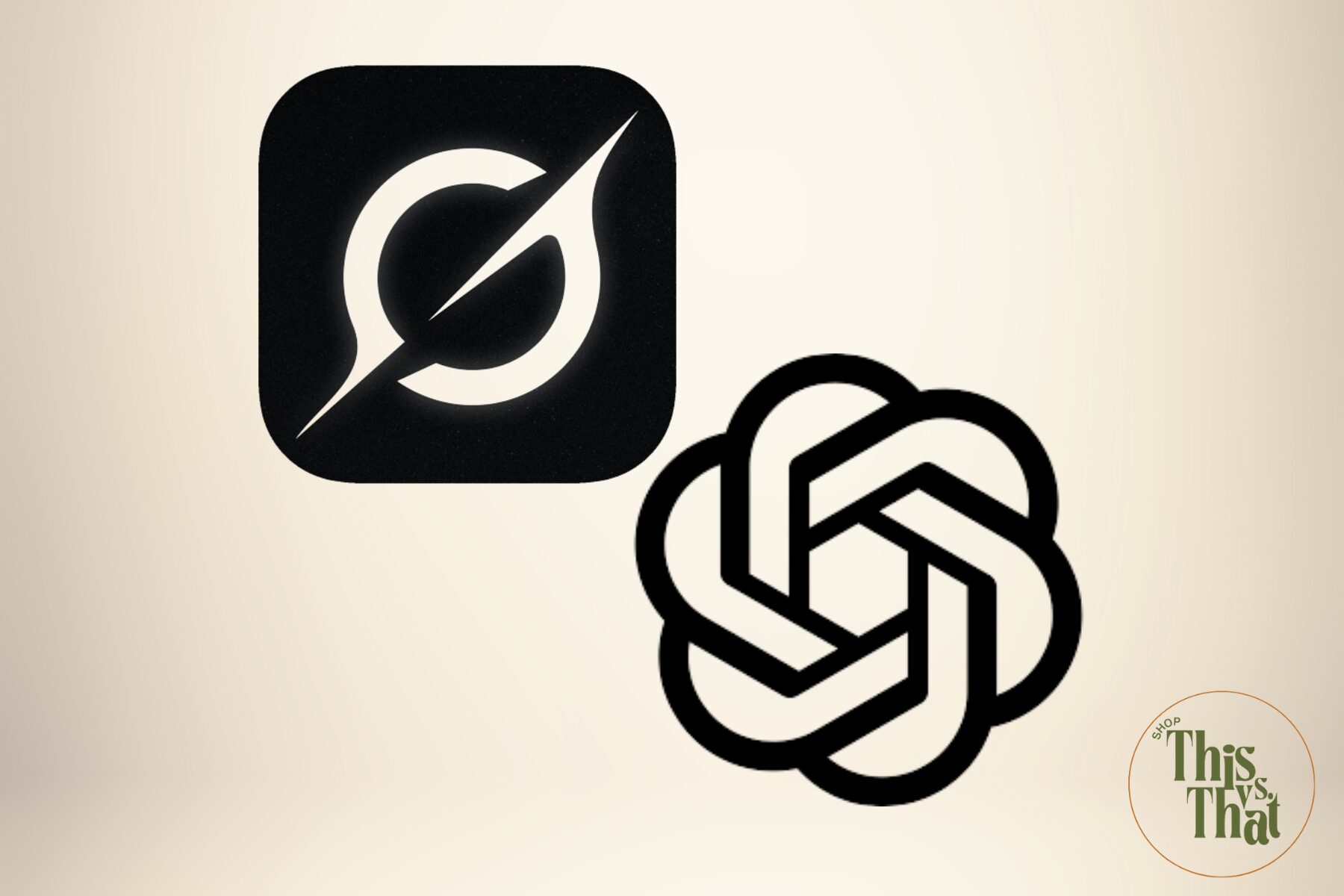
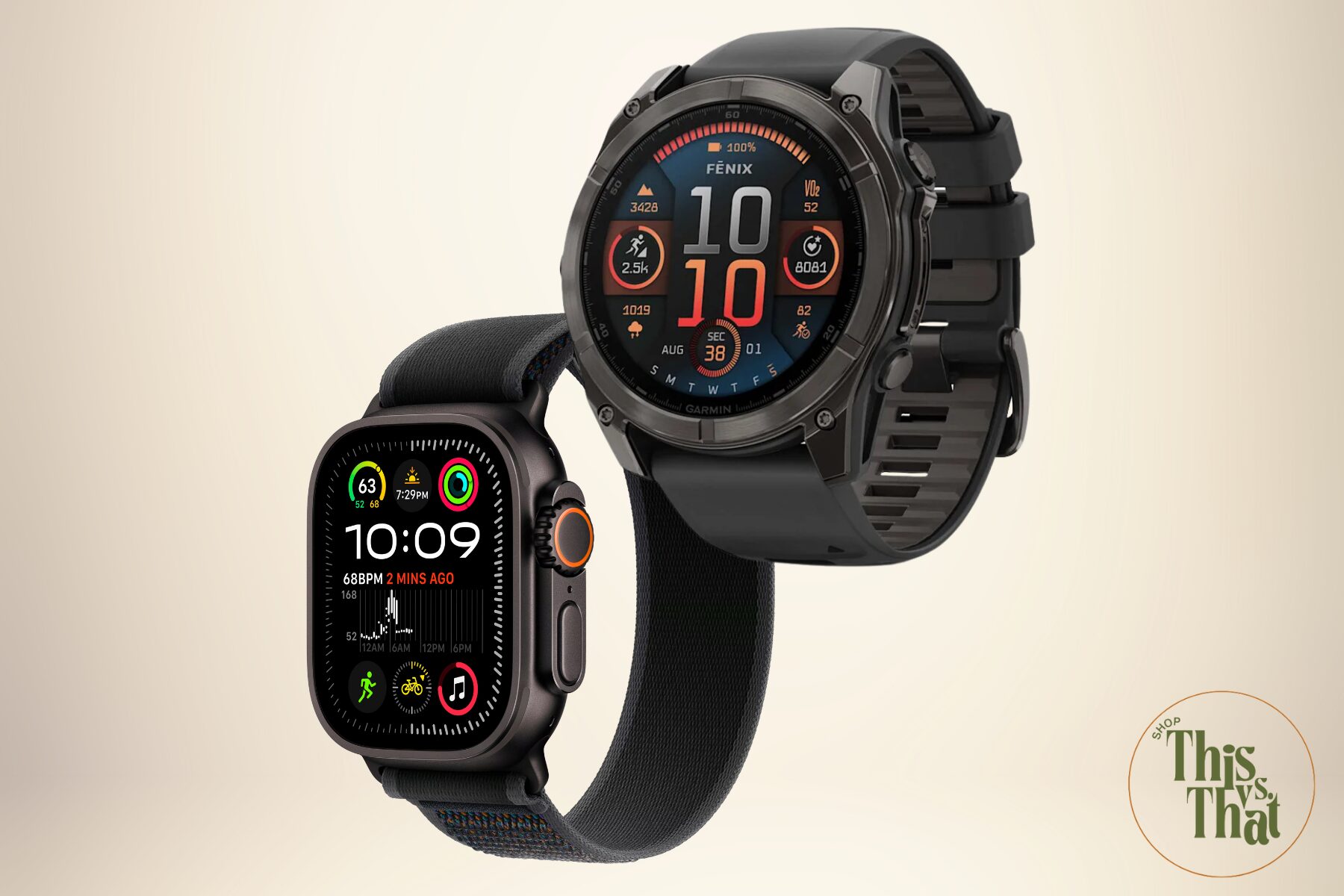
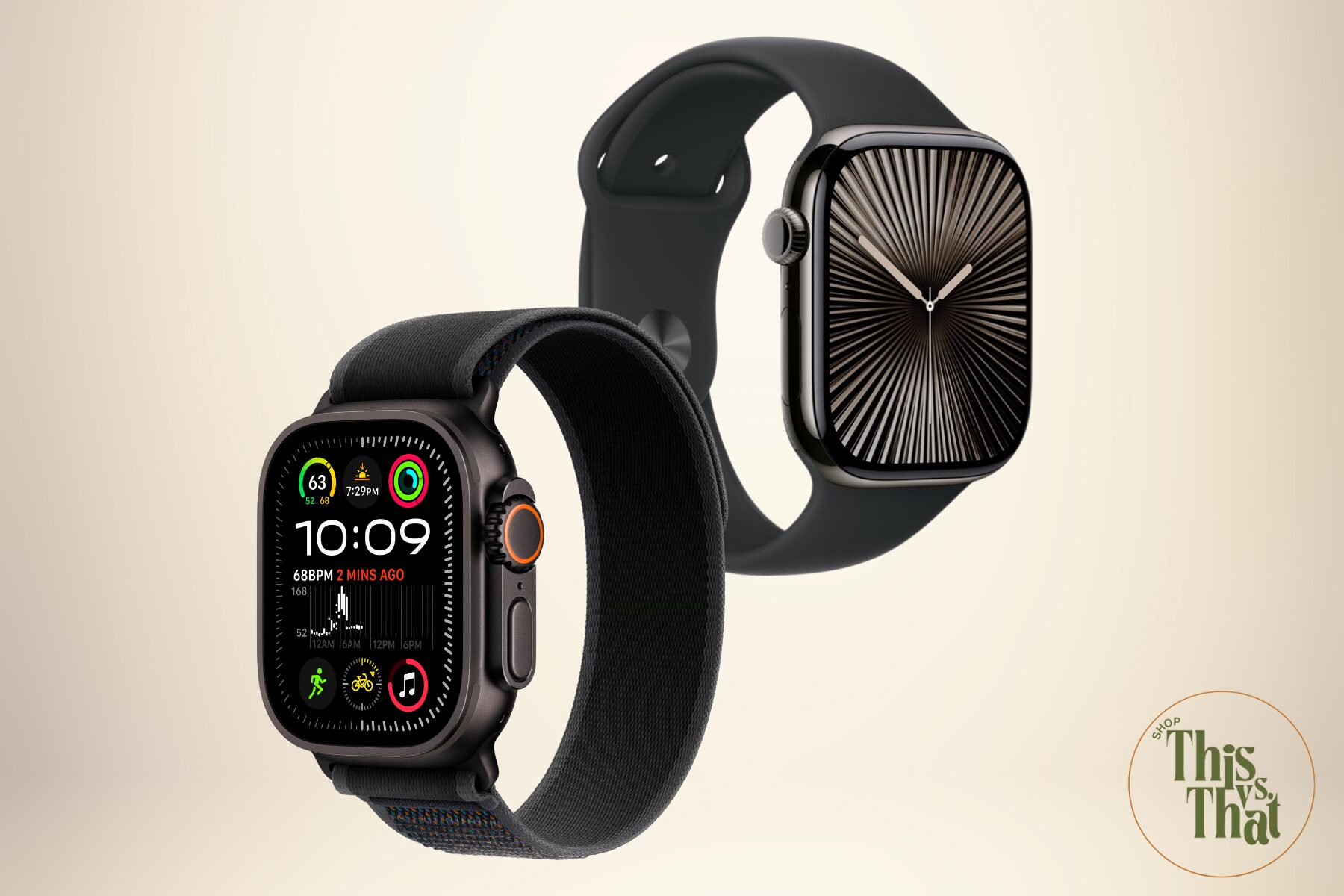


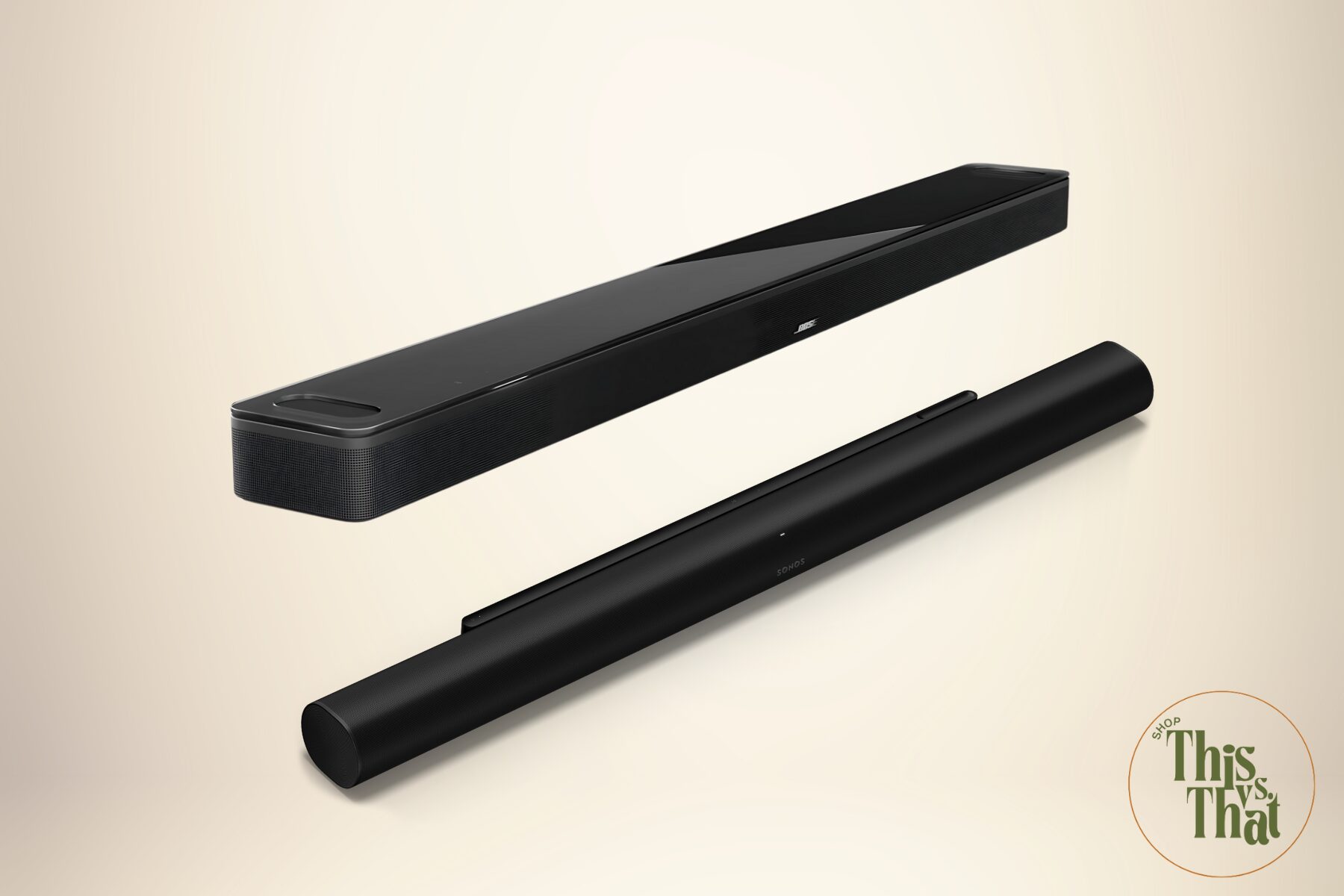
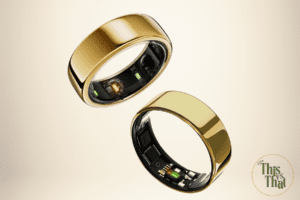



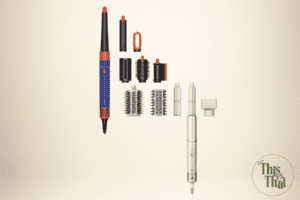
Leave a Reply